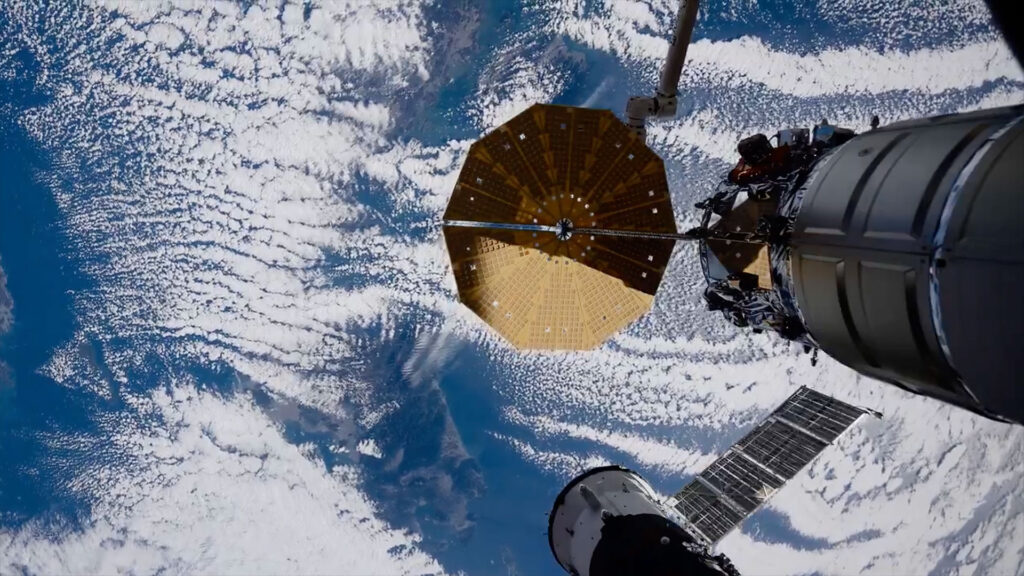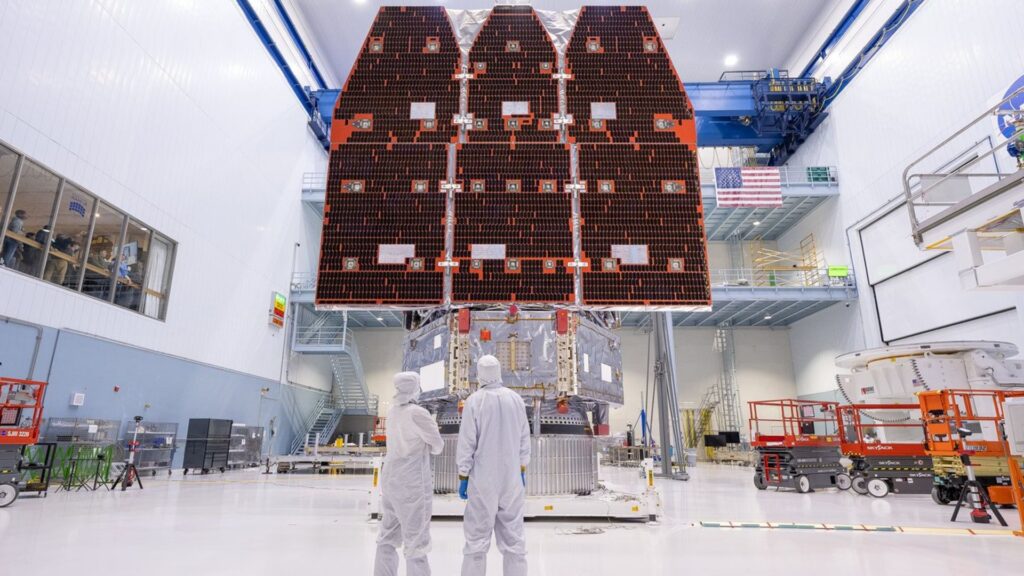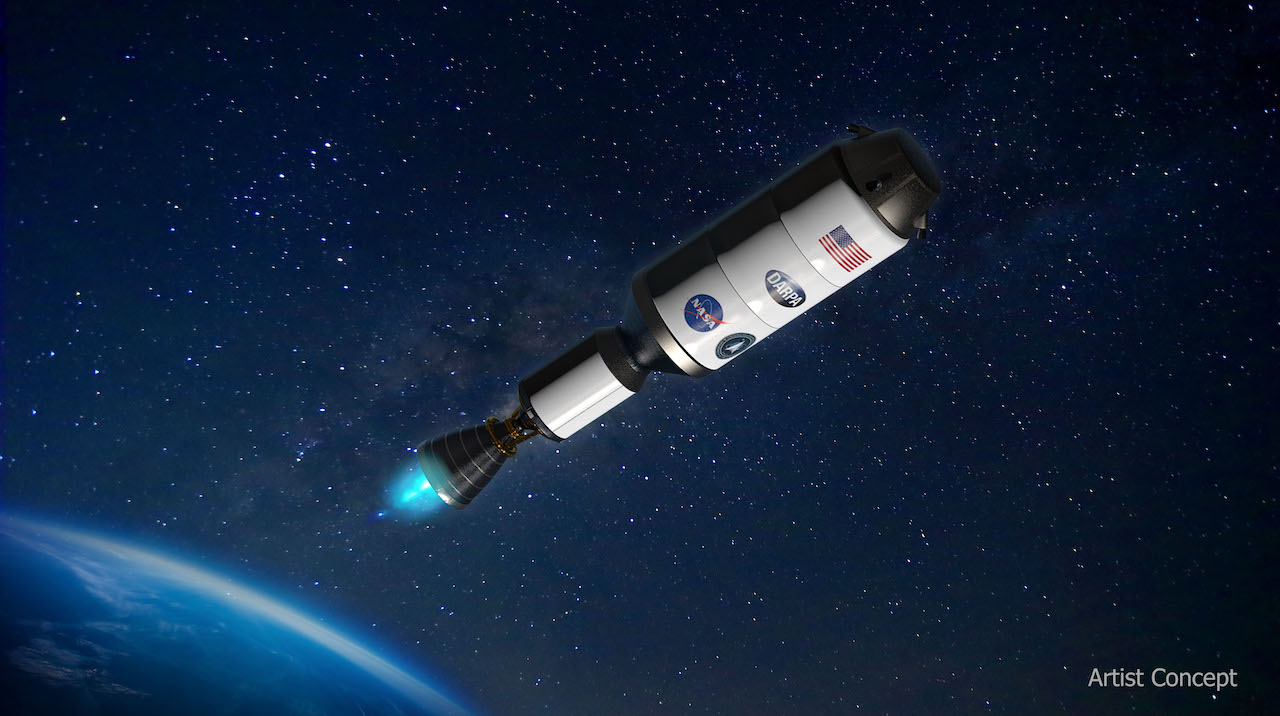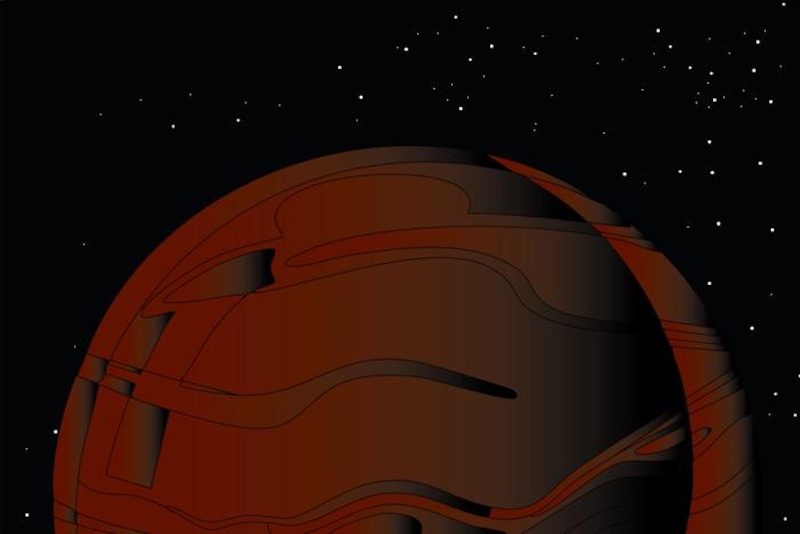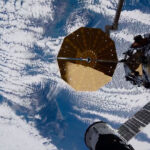Now Reading: Why is the moon’s far side so weird? China’s lunar sample-return mission may have figured it out
-
01
Why is the moon’s far side so weird? China’s lunar sample-return mission may have figured it out
Why is the moon’s far side so weird? China’s lunar sample-return mission may have figured it out
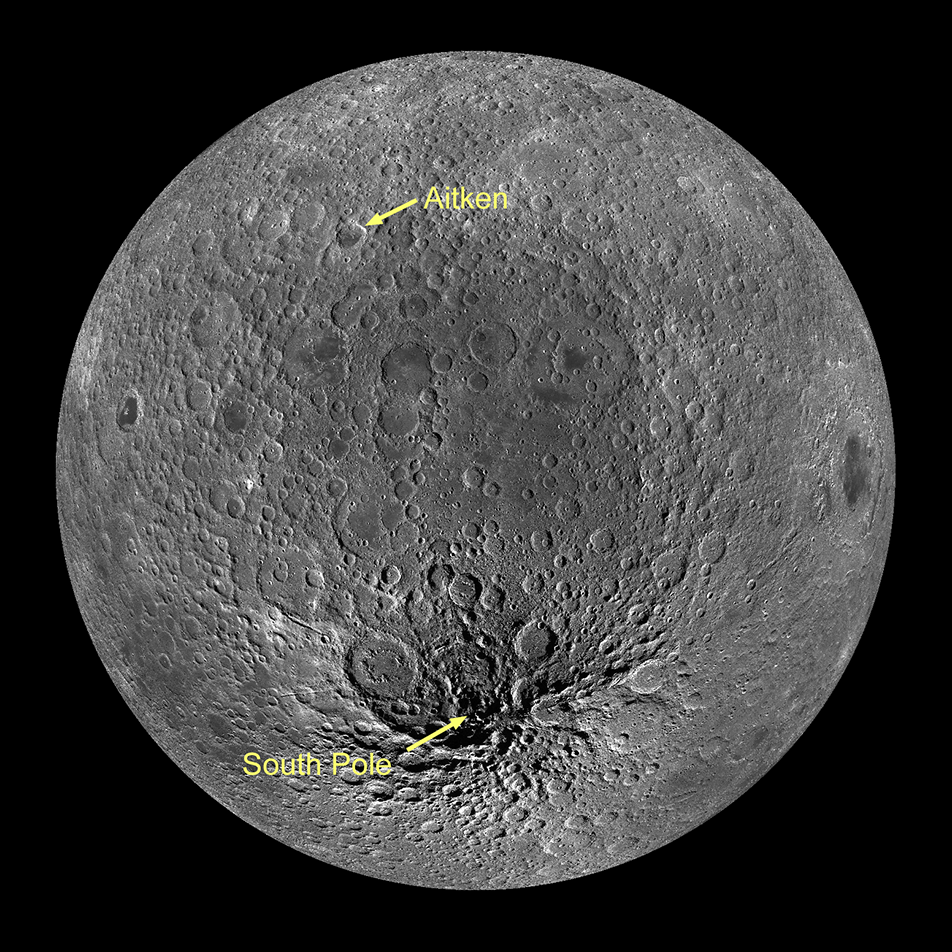
The origin of the strange differences between the near and far sides of the moon are a step closer to being solved, thanks to new findings from China’s Chang’e 6 mission that returned samples from the South Pole-Aitken (SPA) basin.
The near side of the moon is familiar to us as the only side that we can see from Earth. Dark regions called maria are vast lava plains filling lowland impact basins, and give us the pattern of the “man in the moon.” Yet the far side of the moon, which can only be seen by orbiting spacecraft, has barely any maria and is covered by craggy, cratered and ancient highlands. That’s not the only difference between the two hemispheres; the thickness of the moon’s crust is thinner on the near side, volcanic activity appears to have occurred at different points in time, and the mantle beneath the far side seems heavily depleted in certain elements compared to the near side.
However, while we have many samples from the lunar near side, particularly those brought back to Earth by the Apollo missions, the Soviet Luna missions and China’s own Chang’e 5, we had nothing from the far side with which to test theories.
Then, in June 2024, China’s Chang’e 6 mission landed in the SPA basin and brought back samples totaling 1,935.3 grams (68.27 ounces).
The SPA basin is the largest impact site on the moon, spanning 2,500 kilometers (1,600 miles) and extends from the lunar south pole and onto the far side of the moon. It’s also the oldest known impact feature on the moon, with an age of 4.25 billion years. What impact — pardon the pun — could the sheer violence of the SPA basin’s formation have had on lunar geology and the thermal evolution of the moon’s interior? Could it have caused the dichotomy between the moon’s two hemispheres?
Chang’e 6’s samples are the first from the lunar far side, and have offered a unique opportunity to test models that could potentially explain the difference between the moon’s two hemispheres.
Consequently, following analysis of the samples, researchers led by a team from the Chinese Academy of Sciences have announced four major discoveries.
The first is that the samples contain volcanic rocks called basalts that date to prolonged volcanic outbursts on the lunar far side in two distinct phases, one around 4.2 billion years ago and another 2.8 billion years ago.
“We propose that the 4.2-billion-year-old basalt was associated with the formation of the SPA basin because it is a high-aluminum basalt, requiring the incorporation of crustal plagioclase into its source,” Wei Yang, a professor at the Institute of Geology and Geophysics at the Chinese Academy of Sciences, told Space.com in an email interview. Meanwhile, “the 2.8-billion-year-old basalts originated from the deep mantle, the product of the early stage crystallization of the lunar magma ocean.”
The evolution of this lunar magma ocean that formed the moon’s mantle is central to the next discovery, which is that geochemical analysis of the basalt samples points to a source in the lunar mantle deep below ground that is heavily depleted in particular elements such as thorium. It is unknown whether this depleted mantle is found only beneath the SPA basin, or whether it is more extensive across the moon.
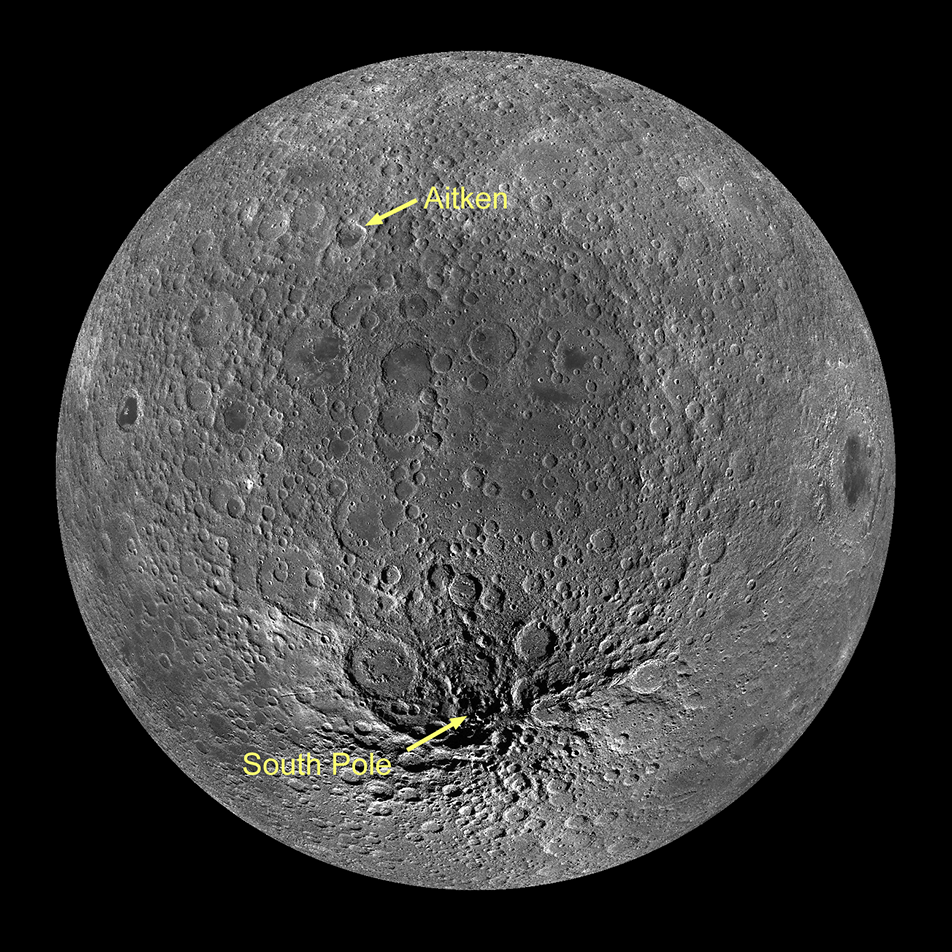
“To be honest, we don’t know,” said Yang.
One possibility is that the moon has had this depleted mantle since birth, in which case both the near and far sides should share this composition. The other possibility is that it was produced after the lunar magma ocean formed and began to crystallize.
“Personally, I am more inclined to believe the latter, given that such a massive impact has the potential to affect the mantle down to a depth of 250 kilometers [155 miles],” said Yang. “If it is only present in the SPA basin, then it must have formed as a result of the SPA impact. To figure this out, we need to collect more samples from the moon’s far side, particularly from areas outside the SPA.”
The third discovery is of something we wouldn’t expect to find on the moon: water. However, we are talking parts-per-million here — the Apollo samples were considered “bone dry,” and the far side mantle seems to be even drier than that.
“The water content of this mantle is lower than those of the mantle sources of all the basalts from the near side,” said Yang.
The final discovery relates to the moon’s magnetic field. Earth’s natural satellite currently doesn’t have a global magnetic field, and traces of magnetism remain only in a handful of anomalous patches called lunar swirls. However, in the distant past it did have a global magnetic field. The Chang’e 6 samples retain a record of it, and show that the magnetic field, after decaying for a time, rebounded in strength about 2.8 billion years ago. This indicates that the moon’s internal dynamo fluctuated, possibly episodically, rather than just experiencing a slow but gradual decline.
Related Stories:
The timing coincides with the second phase of volcanism on the far-side.
“The magnetic field rebounded 2.8 billion years ago, which suggests that the interior of the moon still contained a lot of energy,” said Yang. “Perhaps convection and the upward flow of hot material existed in the lunar mantle at that time.”
Not only could this upward flow have triggered volcanic eruptions, it could have been enough to vaporize much of the water in the mantle, drying it out.
If the creation of the SPA basin is the cause of much of this, then it has repercussions that go far beyond the moon. Other giant impact features are seen on other bodies, particularly on Mercury and Mars. We may have underestimated the role that these giant impacts played on the evolution of the planets’ interiors.
The Chang’e 6 results were presented in four papers (1, 2, 3, 4) that were published recently in the journal Nature.
Stay Informed With the Latest & Most Important News
Previous Post
Next Post
-
 012024 in Review: Highlights from NASA in Silicon Valley
012024 in Review: Highlights from NASA in Silicon Valley -
 02Panasonic Leica Summilux DG 15mm f/1.7 ASPH review
02Panasonic Leica Summilux DG 15mm f/1.7 ASPH review -
 03How New NASA, India Earth Satellite NISAR Will See Earth
03How New NASA, India Earth Satellite NISAR Will See Earth -
 04And Thus Begins A New Year For Life On Earth
04And Thus Begins A New Year For Life On Earth -
 05Astronomy Activation Ambassadors: A New Era
05Astronomy Activation Ambassadors: A New Era -
06SpaceX launch surge helps set new global launch record in 2024
-
 07From Polymerization-Enabled Folding and Assembly to Chemical Evolution: Key Processes for Emergence of Functional Polymers in the Origin of Life
07From Polymerization-Enabled Folding and Assembly to Chemical Evolution: Key Processes for Emergence of Functional Polymers in the Origin of Life












